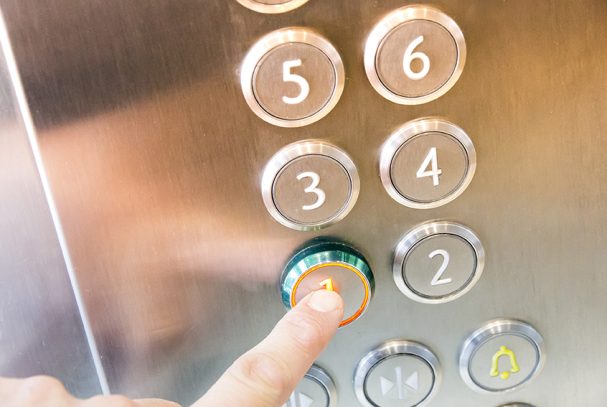Granlund Oy is involved in two KIRA digital projects aiming to accelerate digitalisation in the real estate and construction sector. One of the projects involves piloting guidelines on quantity surveys of building services on genuine building sites.
The project was kick-started by Granlund Oy’s Technology Director, Tero Järvinen. He also chairs buildingSMART Finland’s (bSF) Building Services working group.
”For some time now, we at Granlund have been attempting to incorporate quantity surveys carried out by designers of buildings services into construction projects, and now we are trying to get everyone behind this idea. Last year, bSF developed guidelines for quantity surveys of building services, but they have not yet made the breakthrough in the field. That is why we have decided to test the guidelines on pilot sites operated by bSF’s Client working group.”
Possible accuracy of over 95 per cent
It has been technically possible to use quantity surveys to calculate quotes for 20 years.
”Almost all construction projects utilise building information modelling, but quantity surveys are still not being used systematically,” Järvinen states. ”The problems have been unclear operating methods and the division of responsibility – in other words, who is responsible for the quantities.”
Now joint guidelines are available and the accuracy of quantity surveys is not a problem.
”Although virtual buildings made by designers never perfectly correspond to the finished building in practice, modern software enables accuracy levels of more than 95 per cent in some cases. This is substantially better than measuring from hand-drawn designs.”
Tens of millions of euros in savings
If building services designers, construction companies and contractors began using quantity surveys, the modernisation of practices on construction projects would lead to considerable savings in the sector.
”Rather than having contractors calculating the quantities on every project themselves, designers could provide every party with quantity costs, all on the same spreadsheet, at the press of a button,” Järvinen states. ”The change in operating processes would save EUR 32–51 million every year in Finland, enabling contractors to concentrate on business rather than measuring quantities. Measurements currently account for up to 80 per cent of the time taken to prepare a quote.”
Quantity surveys would increase the quality of properties
During the spring, the designers delivered quantity lists to the contractors involved in the project, and everyone will be asked to give feedback on this operating method.
”A report on the results of the pilot will be published in May, but we will continue monitoring the sites during construction,” Järvinen says. ”I believe that the results clearly show how quantity data provided by designers makes quotes comparable, helps to promote smarter construction and ultimately affects the building’s quality. When contractors can trust in the contents of designs and building information models, they will be used more extensively on construction sites, and this will be reflected in the technical functionality of properties and will ultimately benefit the end-users of premises.”
In addition to Granlund Oy, the project’s participants include several parties in the buildingSMART Finland forum, such as the Building Information Foundation, Fira Oy, NCC Suomi Oy, Caverion Corporation, Consti Oy ja Skanska. Further information: www.kiradigi.fi.



